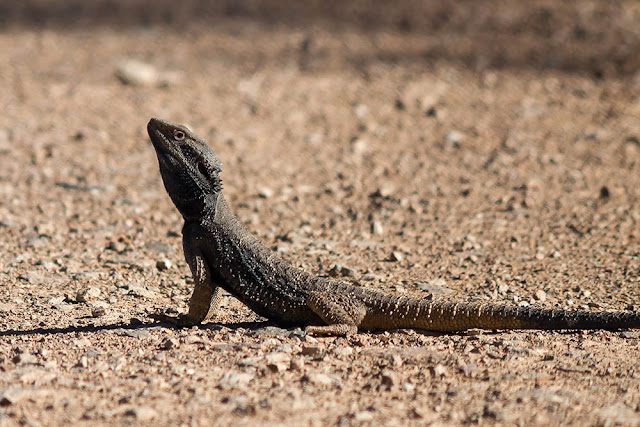The Ultimate Anatomy of a Bearded Dragon Diagram Guide for Beginners
The Anatomy of a Bearded Dragon Diagram for Beginners
Bearded dragons are one of the most popular lizard species in the pet trade. They are docile, friendly, and easy to care for, making them a great choice for first-time reptile owners. But in order to provide the best care for your bearded dragon, it’s important to understand their anatomy. This guide will provide an in-depth look at the anatomy of a bearded dragon, using a detailed diagram to help beginners visualize the various parts of the lizard’s body.
Head and Neck
The head of a bearded dragon is triangular in shape, with a broad base and pointed snout. The lizard gets its name from the beard-like spines that protrude from its throat, which can be puffed out when the lizard is threatened or trying to attract a mate. The eyes are located on either side of the head and are protected by movable eyelids. Bearded dragons have excellent vision and can see both near and far objects clearly.

The neck of a bearded dragon is short and muscular, allowing the lizard to move its head quickly and efficiently. The neck is also home to the bearded dragon’s vocal cords, which produce a range of sounds including hissing, barking, and chirping.
Body
The body of a bearded dragon is covered in smooth, dry scales that help to protect it from predators and keep it warm. The lizard’s body is divided into three main parts: the thorax (chest), abdomen (belly), and tail.

The thorax of a bearded dragon contains the heart, lungs, and digestive organs. The abdomen contains the liver, kidneys, and reproductive organs. The tail of a bearded dragon is used for balance and communication, and can be regrown if lost or damaged.
Limbs
Bearded dragons have four limbs, each with five claws. The front limbs are shorter and sturdier than the hind limbs and are used for grasping and climbing. The hind limbs are longer and more powerful, allowing the lizard to run and jump with ease.

The toes of a bearded dragon are equipped with small, sharp claws that are used for gripping and digging. The claws on the hind limbs are longer and more curved than those on the front limbs, and are used for defense and territorial disputes.
Conclusion
Understanding the anatomy of a bearded dragon is essential for providing the best care for your pet. By using the detailed diagram and information provided in this guide, beginners can gain a deeper understanding of their bearded dragon’s body and behavior. With proper care and attention, bearded dragons can make wonderful, long-lived companion animals.
